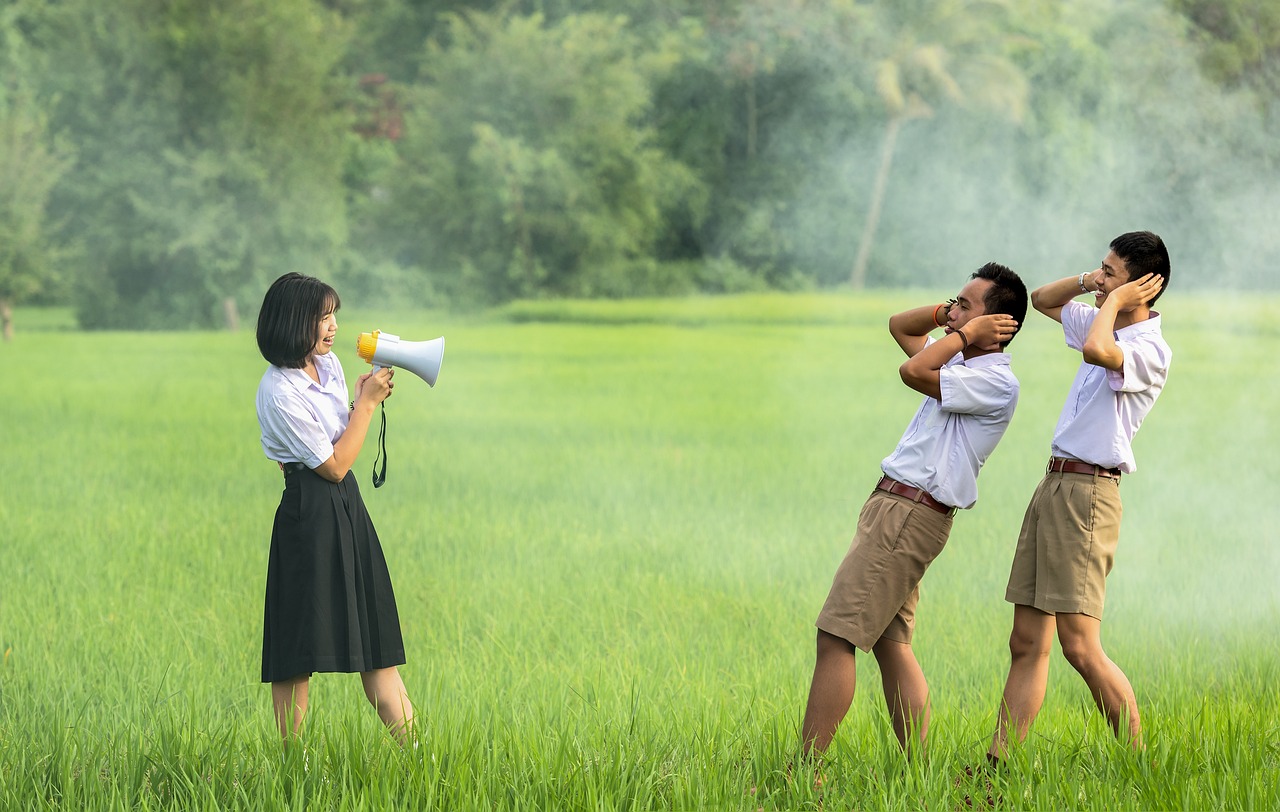
British slang is a fascinating aspect of the country’s culture, and it has gone through many changes over the decades. What once may have been an insult could now be a compliment, and what was once popular slang among youth has now faded into obscurity. In this article, we’ll explore the evolution of British slang and how it has become a defining characteristic of the country.
During the 1950s and 60s, the “Teddy Boy” subculture was in full swing, and with it came a whole new set of slang words. “Dolly bird” was a popular term used to describe an attractive woman, while “gear” was used to refer to stylish clothing. “Bird” was also used to describe a woman, but it was more commonly used in a negative context. “Ace” was a word that meant cool or excellent, and “grotty” was used to describe something unpleasant or dirty.
Moving into the 1970s, punk rock emerged as a popular genre, and with it came new slang words. “Anorak” was used to describe someone who was socially inept or obsessed with a particular subject. “Minger” was a word used to describe someone who was unattractive, and “chav” was used to describe someone who was uncultured or lower class. “Bloke” was a term used to describe a man, and “sod” was a word used to express frustration or anger.
The 1980s saw the birth of the “yuppie” subculture, and with it came a whole new set of slang words. “Yuppie” itself was a term used to describe a young, upwardly mobile professional. “Bod” was used to describe someone who was attractive, and “bog off” was a more polite way of telling someone to go away. “Cock-up” was a word used to describe a mistake or failure, and “fancy” was used to express attraction to someone.
Moving into the 1990s, the “lad” subculture emerged, and with it came a whole new set of slang words. “Lad” itself was a term used to describe a young man who was confident and outgoing. “Mint” was a word used to describe something that was excellent or impressive, and “fit” was used to describe someone who was attractive. “Wicked” was a word used to express approval or excitement, and “geezer” was used to describe a man who was tough or streetwise.
Today, British slang continues to evolve, and new words are constantly being added to the lexicon. “Bae” is a term used to describe a significant other, and “lit” is used to describe something that is exciting or fun. “Sick” is used to describe something that is cool or impressive, and “peng” is used to describe someone who is attractive. “Chill” is a word used to describe a relaxed or laid-back attitude, and “banter” is used to describe playful teasing or joking around.
One of the most interesting things about British slang is how it has become a defining characteristic of the country. When people think of British culture, they often think of words like “bloke” and “cheeky” that are unique to the country. British slang has also become a way for young people to express themselves and set themselves apart from their peers. Using slang words that are popular among their friends can help them feel like they belong to a specific group.
In conclusion, British slang has evolved significantly over the decades and continues to do so today. From the “Teddy Boys” of the 1950s to the “lads” of the 1990s and beyond, each subculture has left its mark on the lexicon of British slang. Today, British slang is a defining characteristic of the country and a way for young people to express themselves. Whether you’re a native Brit or a visitor to the country, learning some of the local slang words can help you better understand the culture and connect with the people around you.
Discover more from Anglotees
Subscribe to get the latest posts sent to your email.
